The Sony Xperia S is the first flagship phone for the Japanese electronics giant after it took over control of Sony Ericsson last year, and it certainly looks the part and competes well in a crowded arena of Android phones.
First, the monobloc design is spot on, with clean lines like the glass protecting the screen extending edge to edge in the front. Weighing just 144 grams, the Xperia S is also very light. Certainly it doesn’t feel that much heavier than the Samsung Galaxy S II’s 116g.
Instead of faux metal on the back, Sony has gone with what’s obviously plastic. But it has a nice anti-fingerprint matte finish that also doubles up as an anti-slip surface. It doesn’t feel cheap at all.
What I’m not sure about in terms of design is the transparent segment at the bottom of the phone, which Sony is very proud of. Colours change as you open up, say, a photo with a red or blue hue. Also, it lights up when the phone rings. But wait, isn’t that kind of bling something of a blast from the past?
[NOTE: Sony has clarified that, only on the Xperia U and not Xperia S, does the colour change when a photo is opened up.]
I can look beyond that, because the Xperia S does pack some handy gear. The screen, for one, is an eye-catching one. The 4.3 inches here pack in an awesome 1,280 x 720 pixels, which results in a very, very sharp screen. The contrast is good as well, and in the battle of screens, the Xperia S certainly holds its own compared to the best from Apple or Samsung.
If Sony has an edge over its rivals, it must be the 12-meg camera onboard the Xperia S. Never mind that it’s got a lot of megapixels – Nokia has one touting 41 megapixels – the camera here is great in how fast it powers up when you press the dedicated camera button and how fast it focuses on what you want to shoot.
In both senses, the Xperia S is one of the most impressive I have seen. It feels like a dedicated camera in many ways. For close-ups, it’s also pretty good, focusing very quickly even when it is as close as, say, just 4 to 5 inches away from the object. For everyday shots of food, portraits and generally well-lit beach holidays, the Xperia S should do well.
It does help, too, that the S$898 Sony phone is also shipping now with a speedy 1.5GHz dual-core chip from Qualcomm. Only thing I can knock the Xperia S for is that it runs only Android 2.3 (Gingerbread). An update to the latest Android 4.0 (Ice Cream Sandwich) is expected in Q2, but by then, it will come up against stiff competition from the likes of HTC’s One X, which is out next month.
The Xperia S, in any case, is part of a trio of similar-looking phones which all sport the transparent segment at the bottom. The others come with a slower 1GHz dual-core chip and smaller screens – the Xperia P has a 4-inch screen while the Xperia U comes with a 3.5-incher.
This means the other standout model from Sony’s new lineup for early 2012 is the Xperia sola (above). Without the transparent plastic at the bottom, it is smaller, somewhat like a replacement for the Sony Ericsson Xperia Ray, a similarly pocketable smartphone.
Nothing that special here in terms of the specs, which includes a 3.7-inch display and a 1GHz dual-core CPU. But the Xperia sola has got the same clean design as the other new Xperias here and will probably cost less than the top-end Xperia S. Oh, and it runs Android 2.3 as well and will be upgraded in Q2.
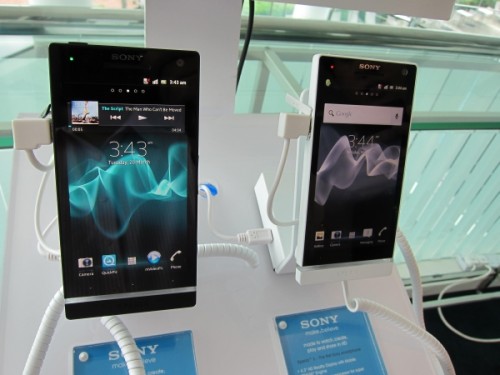
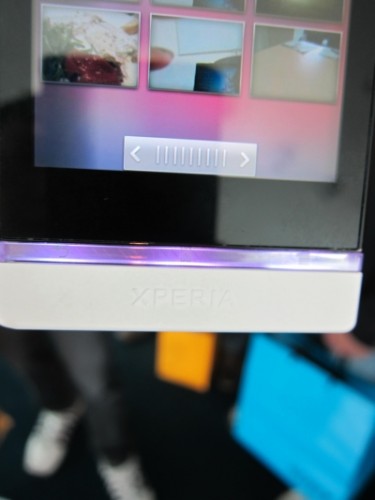
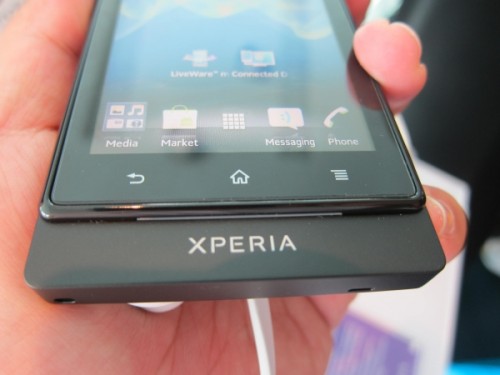
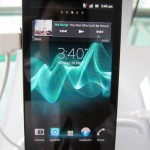
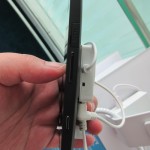
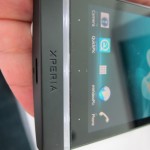
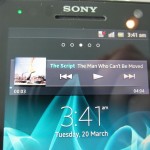
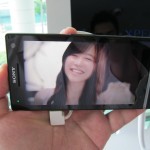
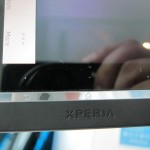
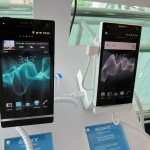
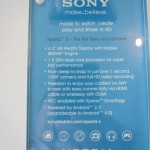
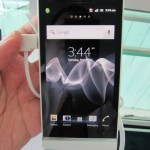
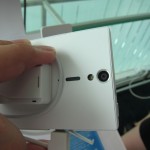
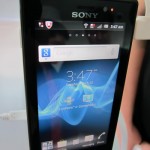
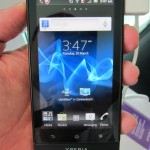
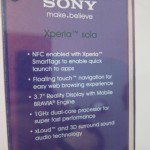
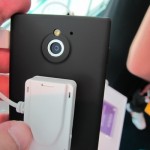
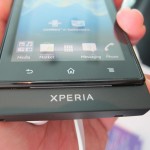
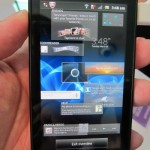
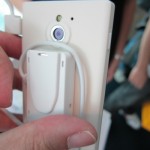
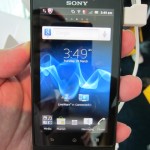
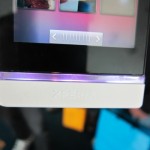

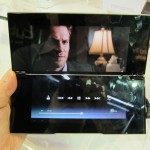





Please also mention that it does not allow conventional direct 3g video calling which is biggest drawback of xperia phones. 3 g video calling is very cheap compared to video chatting using skype or google talk…this part is skipped in most reviews of xperia Samsung phones allow video calling. We assume that high end phones will keep this basic features..but i got fooled by all the reviews..